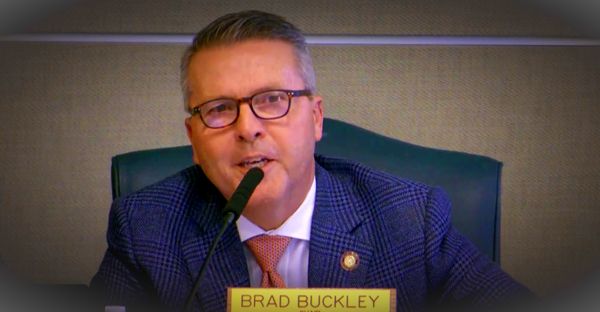From Day One, information about the killings of four University of Idaho students last November has been lacking, and community members have been misled or kept in the dark.
Remember when police first responded to the scene of the off-campus house in Moscow, where they found four students stabbed to death? They communicated to the public that “there is no imminent threat to the community at large,” even though whoever killed those students was still on the loose, meaning there was indeed an imminent threat to the community at large.
It took days to even hold a press conference to inform the community the basics of what police had discovered, something Moscow Police James Fry has admitted was a misstep.
The vacuum created by a lack of public information led to wild speculation and rumors, doing further damage to the victims and their families.
Even after the arrest of Bryan Kohberger in December, the dearth of information continued. The judge in the case issued a broad gag order, leaving more questions unanswered.
To make matters worse, we learned this week that prosecutors used a grand jury, a secret process, to indict Kohberger.
Using a grand jury allows prosecutors to move forward with the case without disclosing details publicly. It’s a perfectly legal thing to do, of course, but now a community that has been waiting for answers will have to wait even longer.
A preliminary hearing, originally scheduled for June 26 but now canceled, would have been public, and prosecutors would have laid out some details of the case against Kohberger for a district judge to decide whether there was sufficient evidence to move the case forward.
A preliminary hearing would have been a chance for the community to learn from police and prosecutors some idea of what happened and how the investigation played out. Instead, the prosecution has chosen to hide the details for another year or more until Kohberger’s trial begins.
Even though some information about Kohberger has since been learned, much is still unknown.
We still don’t know what police are asserting Kohberger’s motives might have been. We don’t know whether police think Kohberger targeted one of the students in particular, or if he did, why. We still don’t know how police found Kohberger or how they did their work to connect him to deaths they say he caused.
The only reason that the people of Moscow and the students at the University of Idaho right now have to believe that the killer is in custody is from police convincing them that he did it. A preliminary hearing laying out at least part of the case was the chance to let the community know, and the state passed on that opportunity by going with a grand jury.
Police and prosecutors did not do a thorough job disclosing information right from the start, and continued secrecy often does little to restore trust.
Some will say that releasing too much information creates a feeding frenzy. The opposite is true: When information is withheld, that’s when imaginations run wild, when speculation and rumors are rampant, when people feel the need to dig.
Others may suggest that releasing too much information would make it harder to find an untainted jury pool. There may be some truth to that, but that doesn’t outweigh the importance of informing a community that is waiting for answers.
A preliminary hearing would have been a better path in this case. The secrecy of a grand jury just leaves the people of Moscow and beyond to wonder, guess and speculate.
And that’s not good for anyone.







